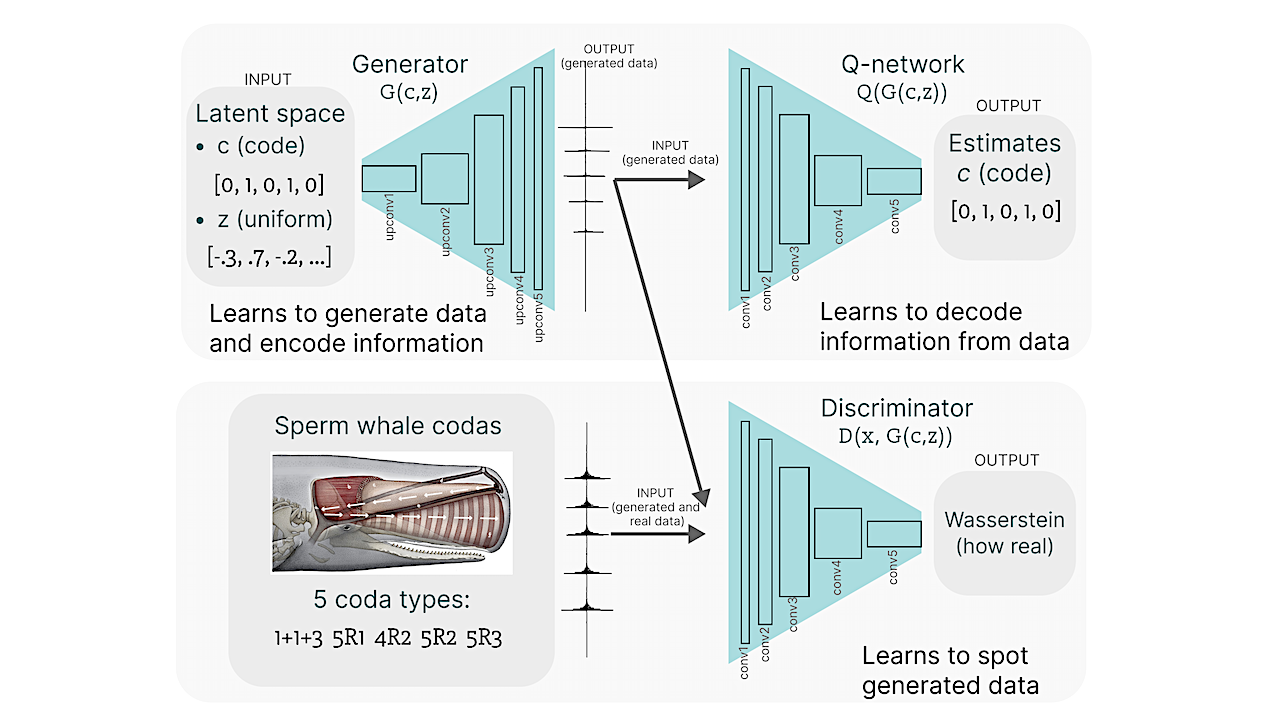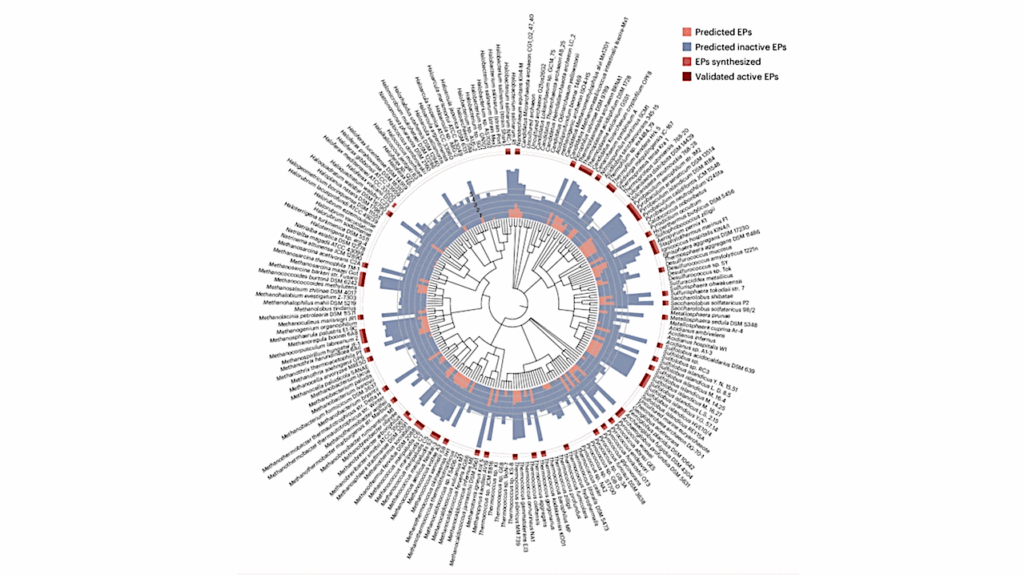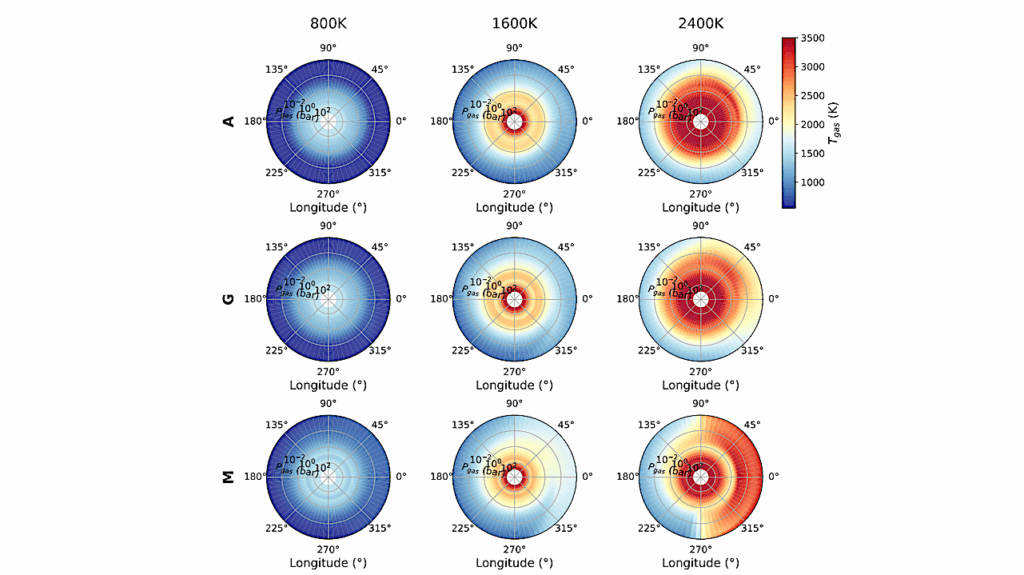Whale Speech: Approaching An Unknown Communication System By Latent Space Exploration And Causal Inference

This paper proposes a methodology for discovering meaningful properties in data by exploring the latent space of unsupervised deep generative models. We combine manipulation of individual latent variables to extreme values outside the training range with methods inspired by causal inference into an approach we call causal disentanglement with extreme values (CDEV) and show that this approach yields insights for model interpretability. Using this technique, we can infer what properties of unknown data the model encodes as meaningful.
We apply the methodology to test what is meaningful in the communication system of sperm whales, one of the most intriguing and understudied animal communication systems. We train a network that has been shown to learn meaningful representations of speech and test whether we can leverage such unsupervised learning to decipher the properties of another vocal communication system for which we have no ground truth.
The proposed technique suggests that sperm whales encode information using the number of clicks in a sequence, the regularity of their timing, and audio properties such as the spectral mean and the acoustic regularity of the sequences. Some of these findings are consistent with existing hypotheses, while others are proposed for the first time.
We also argue that our models uncover rules that govern the structure of communication units in the sperm whale communication system and apply them while generating innovative data not shown during training.
This paper suggests that an interpretation of the outputs of deep neural networks with causal methodology can be a viable strategy for approaching data about which little is known and presents another case of how deep learning can limit the hypothesis space.
Finally, the proposed approach combining latent space manipulation and causal inference can be extended to other architectures and arbitrary datasets.
Gašper Beguš, Andrej Leban, Shane Gero
Comments: 25 pages, 23 figures
Subjects: Machine Learning (stat.ML); Machine Learning (cs.LG); Sound (cs.SD); Audio and Speech Processing (eess.AS)
Cite as: arXiv:2303.10931 [stat.ML] (or arXiv:2303.10931v1 [stat.ML] for this version)
https://doi.org/10.48550/arXiv.2303.10931
Focus to learn more
Submission history
From: Andrej Leban
[v1] Mon, 20 Mar 2023 08:09:13 UTC (8,148 KB)
https://arxiv.org/abs/2303.10931
Astrobiology, SETI, CETI,








